Mushroom Soup: 20 Delicious Recipes and Complete Cooking Guide
Introduction to Mushroom Soup
Mushroom soup represents one of the most beloved and versatile dishes in global cuisine, offering comfort, nutrition, and incredible depth of flavor in every bowl. From the classic cream of mushroom soup that graced childhood dinner tables to sophisticated wild mushroom bisques served in fine dining establishments, mushroom soup has evolved into countless variations that celebrate the earthy, umami-rich qualities of fungi.
The beauty of mushroom soup lies in its adaptability—it can be light and brothy for a healthy lunch, rich and creamy for a satisfying dinner, or elegant and refined for special occasions. Whether you're using common button mushrooms from the grocery store or foraging for wild varieties like chanterelles and porcini, each type brings its own unique character to the pot.
Beyond its culinary appeal, mushroom soup offers impressive nutritional benefits. Mushrooms are naturally low in calories while being rich in protein, fiber, vitamins, and minerals. They provide important nutrients like selenium, potassium, and B vitamins, while many varieties contain compounds that support immune function and overall health.
This comprehensive guide will walk you through everything you need to know about creating exceptional mushroom soups, from selecting the right mushroom varieties and mastering basic techniques to exploring international variations and understanding the nutritional benefits of these remarkable fungi.

Understanding Different Mushroom Varieties for Soup
The key to exceptional mushroom soup lies in understanding which mushroom varieties work best for different styles and flavor profiles:
-
Button and Cremini Mushrooms:
- Most accessible and affordable option
- Mild, earthy flavor that works well in cream-based soups
- Readily available year-round in most grocery stores
- Cremini (baby bella) mushrooms offer slightly more robust flavor than white buttons
- Excellent for beginners and everyday cooking
- Hold their shape well during cooking
-
Portobello Mushrooms:
- Mature cremini mushrooms with intensified flavor
- Meaty texture perfect for hearty, filling soups
- Large size makes them easy to dice or slice
- Rich, earthy flavor that stands up to bold seasonings
- Excellent grilled before adding to soup for smoky depth
- Great for vegetarian soups that need substantial texture
-
Shiitake Mushrooms:
- Distinctive umami-rich flavor profile
- Perfect for Asian-inspired mushroom soups
- Stems are tough and should be removed (save for stock)
- Pairs beautifully with ginger, soy sauce, and miso
- Adds depth and complexity to any mushroom soup blend
- Available fresh or dried (dried versions are more concentrated)
-
Oyster Mushrooms:
- Delicate, slightly sweet flavor
- Tender texture that cooks quickly
- Beautiful fan-like appearance adds visual appeal
- Works well in light, brothy soups
- Complements seafood-style mushroom soups
- Available in various colors (white, pink, blue, golden)
-
Wild and Specialty Mushrooms:
- Chanterelles: Fruity, apricot-like aroma and delicate flavor
- Porcini: Rich, nutty flavor perfect for Italian-style soups
- Morels: Honeycomb appearance with intense, earthy flavor
- Maitake: Complex flavor with meat-like texture
- King Oyster: Substantial stems perfect for hearty soups
- Often expensive but provide exceptional flavor complexity
-
Dried Mushrooms:
- Concentrated flavors that add depth to any soup
- Porcini, shiitake, and mixed wild mushroom blends are popular
- Rehydrating liquid becomes flavorful mushroom stock
- Store well and provide intense mushroom flavor year-round
- More economical way to enjoy premium mushroom varieties
- Essential for building complex flavor layers
Understanding these varieties allows you to choose the perfect mushrooms for your desired soup style and flavor profile.
Classic Mushroom Soup Recipes
Traditional Cream of Mushroom Soup
This timeless recipe creates the perfect balance of creamy richness and mushroom flavor:
Ingredients:
- 2 pounds mixed mushrooms (button, cremini, and shiitake), sliced
- 4 tablespoons butter
- 1 large onion, finely diced
- 3 cloves garlic, minced
- ¼ cup all-purpose flour
- 4 cups vegetable or chicken stock
- 1 cup heavy cream
- 2 tablespoons dry sherry (optional)
- 2 sprigs fresh thyme
- 1 bay leaf
- Salt and white pepper to taste
- Fresh parsley for garnish
Instructions:
- Heat 2 tablespoons of butter in a large pot over medium-high heat.
- Add mushrooms in batches, avoiding overcrowding, and cook until golden brown (5-7 minutes per batch).
- Remove mushrooms and set aside.
- Add remaining butter to the pot and sauté onions until translucent (5 minutes).
- Add garlic and cook for 30 seconds until fragrant.
- Sprinkle flour over vegetables and cook, stirring constantly, for 2 minutes.
- Gradually whisk in stock, ensuring no lumps form.
- Add thyme, bay leaf, and three-quarters of the cooked mushrooms.
- Simmer for 20 minutes until flavors meld.
- Remove herbs and blend soup until smooth (or leave chunky if preferred).
- Stir in cream and remaining mushrooms.
- Season with salt, pepper, and sherry.
- Garnish with fresh parsley and serve hot.
This classic recipe serves as the foundation for countless variations and modifications.

Clear Mushroom Broth Soup
A lighter alternative that showcases pure mushroom flavor:
Ingredients:
- 1 pound mixed fresh mushrooms, sliced
- ½ ounce dried mushrooms (porcini or mixed wild)
- 6 cups vegetable stock
- 2 tablespoons olive oil
- 1 large shallot, minced
- 2 cloves garlic, minced
- ¼ cup dry white wine
- 2 tablespoons soy sauce
- 1 tablespoon fresh lemon juice
- 2 green onions, thinly sliced
- Salt and pepper to taste
Instructions:
- Soak dried mushrooms in 1 cup warm water for 20 minutes.
- Remove mushrooms, chop them, and strain the soaking liquid.
- Heat oil in a large pot and sauté fresh mushrooms until browned.
- Add shallot and garlic, cooking until fragrant.
- Add wine and cook until reduced by half.
- Add stock, mushroom soaking liquid, and rehydrated mushrooms.
- Season with soy sauce and simmer for 15 minutes.
- Add lemon juice and adjust seasoning.
- Garnish with green onions before serving.
This clear broth showcases mushroom flavors without cream, making it lighter and more health-conscious.
Roasted Mushroom Soup
Roasting mushrooms first adds incredible depth and caramelized flavors:
Ingredients:
- 3 pounds mixed mushrooms (portobello, cremini, shiitake), cut into large pieces
- 3 tablespoons olive oil
- 1 large onion, diced
- 2 carrots, diced
- 2 celery stalks, diced
- 4 cloves garlic, minced
- 2 tablespoons tomato paste
- ½ cup dry red wine
- 6 cups vegetable stock
- 2 sprigs fresh rosemary
- 3 sprigs fresh thyme
- Salt and pepper to taste
- Crusty bread for serving
Instructions:
- Preheat oven to 425°F (220°C).
- Toss mushrooms with 2 tablespoons oil, salt, and pepper.
- Roast for 25-30 minutes until caramelized and slightly crispy.
- Meanwhile, heat remaining oil in a large pot.
- Sauté onion, carrots, and celery until softened.
- Add garlic and tomato paste, cooking for 1 minute.
- Add wine and cook until reduced by half.
- Add roasted mushrooms, stock, and herbs.
- Simmer for 30 minutes to develop flavors.
- Remove herbs and partially blend for desired consistency.
- Season to taste and serve with crusty bread.
The roasting step intensifies mushroom flavors and adds complexity that elevates this soup above the ordinary.
Gourmet and International Mushroom Soup Variations
French Mushroom Velouté
This elegant French soup combines technique with luxury ingredients:
Ingredients:
- 1 pound mixed wild mushrooms (chanterelles, porcini, morels)
- 4 tablespoons butter
- 2 shallots, finely chopped
- ¼ cup cognac or brandy
- 3 tablespoons flour
- 4 cups warm chicken stock
- ½ cup heavy cream
- 2 egg yolks
- 2 tablespoons fresh tarragon, chopped
- Salt and white pepper to taste
- Truffle oil for finishing (optional)
Instructions:
- Clean mushrooms carefully and slice uniformly.
- Melt butter in a heavy-bottomed pot over medium heat.
- Sauté shallots until translucent, then add mushrooms.
- Cook until mushrooms release their liquid and become golden.
- Add cognac and flambé if desired (or cook until alcohol evaporates).
- Sprinkle flour over mushrooms and stir for 2 minutes.
- Gradually add warm stock, whisking constantly.
- Simmer gently for 20 minutes.
- Whisk cream with egg yolks in a separate bowl.
- Temper the cream mixture with hot soup, then stir back into pot.
- Add tarragon and season with salt and white pepper.
- Strain through fine-mesh sieve for silky smooth texture.
- Finish with drops of truffle oil if using.
This sophisticated soup showcases French culinary technique and premium ingredients.
Asian-Style Mushroom Soup
Drawing inspiration from Japanese and Chinese traditions:
Ingredients:
- 8 oz fresh shiitake mushrooms, stems removed and sliced
- 4 oz enoki mushrooms, trimmed
- 4 oz oyster mushrooms, torn into pieces
- 6 cups vegetable or chicken stock
- 3 tablespoons miso paste (white or red)
- 2 tablespoons soy sauce
- 1 tablespoon rice vinegar
- 1 teaspoon sesame oil
- 2-inch piece fresh ginger, thinly sliced
- 2 cloves garlic, minced
- 4 green onions, sliced
- 1 sheet nori, cut into strips
- Tofu cubes (optional)
- Chili oil for serving
Instructions:
- Heat a large pot over medium heat with minimal oil.
- Sauté shiitake mushrooms until golden, about 5 minutes.
- Add ginger and garlic, cooking until fragrant.
- Pour in stock and bring to a gentle simmer.
- Whisk miso paste with a little hot broth until smooth, then add to pot.
- Add soy sauce, rice vinegar, and sesame oil.
- Simmer for 10 minutes to develop flavors.
- Add oyster mushrooms and cook for 3 minutes.
- Add enoki mushrooms and cook for 1 minute.
- Stir in green onions and tofu if using.
- Serve garnished with nori strips and chili oil.
This soup celebrates umami flavors and the delicate textures of Asian mushroom varieties.
Italian Mushroom and Barley Soup
A hearty, rustic soup perfect for cold weather:
Ingredients:
- 1 pound mixed mushrooms (porcini, cremini, oyster), sliced
- 1 cup pearl barley
- 6 cups mushroom or vegetable stock
- ¼ cup olive oil
- 1 large onion, diced
- 2 carrots, diced
- 2 celery stalks, diced
- 4 cloves garlic, minced
- 1 can (14 oz) diced tomatoes
- ½ cup dry white wine
- 2 tablespoons fresh rosemary, chopped
- 2 tablespoons fresh sage, chopped
- ¼ cup fresh parsley, chopped
- Parmesan cheese for serving
- Salt and pepper to taste
Instructions:
- Heat olive oil in a large pot over medium heat.
- Sauté onion, carrots, and celery until softened, about 8 minutes.
- Add garlic and cook for 1 minute.
- Add mushrooms and cook until they release liquid and brown.
- Add barley and stir to coat with oil.
- Pour in wine and cook until mostly evaporated.
- Add tomatoes, stock, rosemary, and sage.
- Bring to a boil, then reduce heat and simmer for 45 minutes.
- Cook until barley is tender and soup has thickened.
- Stir in fresh parsley and season to taste.
- Serve with grated Parmesan cheese.
This filling soup combines the earthiness of mushrooms with the hearty satisfaction of barley.

Health Benefits and Nutritional Information
Nutritional Profile of Mushroom Soup
Mushroom soup offers impressive nutritional benefits while remaining relatively low in calories:
-
Caloric content:
- Broth-based mushroom soups: 50-100 calories per cup
- Cream-based versions: 150-250 calories per cup
- Hearty versions with grains: 200-300 calories per cup
- Significantly lower than many other soup varieties
-
Protein content:
- Mushrooms provide complete proteins with all essential amino acids
- Typical mushroom soup contains 3-8g protein per serving
- Plant-based protein that's easily digestible
- Enhanced when combined with beans, grains, or dairy
-
Vitamin and mineral content:
- B vitamins: Particularly rich in riboflavin, niacin, and pantothenic acid
- Vitamin D: Especially in UV-exposed mushrooms
- Selenium: Powerful antioxidant mineral
- Potassium: Supports heart health and blood pressure regulation
- Copper: Essential for energy production and iron absorption
- Phosphorus: Important for bone health
-
Fiber content:
- Mushrooms provide both soluble and insoluble fiber
- Supports digestive health and satiety
- Helps regulate blood sugar levels
- Promotes healthy gut bacteria
-
Bioactive compounds:
- Beta-glucans: Support immune function
- Ergothioneine: Powerful antioxidant rarely found in other foods
- Glutamate: Natural source of umami flavor
- Polyphenols: Anti-inflammatory compounds
Specific Health Benefits
Regular consumption of mushroom soup can contribute to various health benefits:
-
Immune system support:
- Beta-glucans in mushrooms activate immune cells
- Various mushroom compounds support balanced immune responses
- Traditional use in supporting recovery from illness
- May help reduce severity and duration of colds
-
Heart health benefits:
- Low sodium options support healthy blood pressure
- Fiber helps manage cholesterol levels
- Potassium supports cardiovascular function
- Antioxidants help protect blood vessels
-
Weight management support:
- High volume, low calorie density promotes satiety
- Protein content helps maintain muscle mass
- Fiber slows digestion and stabilizes blood sugar
- Can replace higher-calorie comfort foods
-
Digestive health promotion:
- Prebiotic fibers feed beneficial gut bacteria
- Easy to digest for most people
- Can be soothing for upset stomachs
- Supports healthy gut microbiome
-
Antioxidant protection:
- Multiple antioxidant compounds combat free radicals
- May help reduce inflammation throughout the body
- Supports healthy aging processes
- Protects cells from oxidative damage
-
Blood sugar regulation:
- High fiber content slows sugar absorption
- Low glycemic impact helps maintain stable blood sugar
- Protein content supports sustained energy
- May help improve insulin sensitivity
These health benefits make mushroom soup an excellent choice for health-conscious eating while still providing comfort and satisfaction.
Cooking Tips and Techniques
Essential Mushroom Preparation Techniques
Proper mushroom preparation is crucial for exceptional soup results:
-
Cleaning mushrooms properly:
- Never soak mushrooms in water as they absorb it like sponges
- Use a soft brush, paper towel, or slightly damp cloth to clean
- Trim only the woody ends of stems
- For very dirty mushrooms, quickly rinse and immediately dry
- Clean just before cooking to prevent moisture absorption
-
Optimal cutting techniques:
- Cut mushrooms uniformly for even cooking
- Slice thicker pieces for texture, thinner for faster cooking
- Remove tough shiitake stems but save them for stock
- Leave some mushrooms in larger pieces for visual appeal
- Consider the final soup texture when determining size
-
Browning for maximum flavor:
- Cook in batches to avoid overcrowding the pan
- Use high heat initially to evaporate moisture quickly
- Don't stir too frequently—let mushrooms develop golden color
- Season with salt only after browning to prevent moisture release
- Reserve mushroom liquid for stock if desired
-
Building flavor layers:
- Start with aromatic vegetables (onions, shallots, garlic)
- Brown mushrooms separately for best texture and flavor
- Deglaze pan with wine or stock to capture browned bits
- Use mushroom stock instead of plain vegetable stock when possible
- Add herbs at different stages for complex flavor development
-
Texture considerations:
- Blend partially for creamy soups with some texture
- Strain for perfectly smooth consistency
- Reserve some mushrooms to add back for texture contrast
- Consider the final consistency when planning ingredients
- Adjust thickness with stock, cream, or flour-based roux
Advanced Soup-Making Techniques
Elevate your mushroom soup with these professional techniques:
-
Making mushroom stock:
- Save mushroom trimmings, stems, and peelings
- Sauté trimmings until browned, then simmer with aromatics
- Strain and use as the liquid base for intensified flavor
- Dried mushroom soaking liquid makes excellent stock
- Roast mushroom trimmings before simmering for deeper flavor
-
Flavor enhancement methods:
- Add umami boosters like soy sauce, miso, or tomato paste
- Include wine or sherry for depth and complexity
- Use compound butter with herbs for finishing touches
- Add acid (lemon juice, vinegar) to brighten flavors
- Incorporate smoked salt or paprika for subtle smokiness
-
Thickening techniques:
- Roux: Flour and fat cooked together for classic thickening
- Slurry: Cornstarch mixed with cold liquid for quick thickening
- Liaison: Cream and egg yolks for rich, elegant consistency
- Pureed vegetables: Natural thickening that adds nutrition
- Bread: Stale bread blended in for rustic thickness
-
Professional finishing touches:
- Strain soup through fine-mesh sieve for silky smoothness
- Mount with cold butter for glossy, rich finish
- Adjust seasoning just before serving
- Warm serving bowls for better presentation
- Garnish strategically for visual appeal and complementary flavors
-
Temperature and timing control:
- Never boil cream-based soups to prevent curdling
- Add delicate mushrooms (enoki, oyster) at the end
- Taste and adjust seasoning multiple times during cooking
- Allow flavors to meld by simmering gently
- Reheat carefully to preserve texture and flavor
These techniques help transform simple ingredients into restaurant-quality mushroom soups.
Storage and Reheating Guidelines
Proper Storage Methods
Correct storage ensures your mushroom soup maintains quality and safety:
-
Refrigerator storage:
- Cool soup completely before refrigerating (within 2 hours of cooking)
- Store in airtight containers to prevent odor absorption
- Use within 3-4 days for best quality and safety
- Label containers with date and contents
- Store away from foods with strong odors
-
Freezer storage:
- Most mushroom soups freeze well, especially broth-based versions
- Cream-based soups may separate but can be whisked when reheated
- Freeze in portion-sized containers for convenient serving
- Leave space for expansion when freezing
- Use within 2-3 months for optimal quality
- Label with date and reheating instructions
-
Storage considerations by soup type:
- Broth-based soups: Freeze exceptionally well with minimal texture changes
- Cream soups: May separate but can be restored with careful reheating
- Chunky soups: Mushroom pieces may become softer after freezing
- Pureed soups: Generally freeze well with little texture change
Reheating Best Practices
Proper reheating preserves flavor and texture while ensuring food safety:
-
Stovetop reheating (preferred method):
- Heat slowly over medium-low heat, stirring frequently
- Add liquid (stock, cream, or milk) if soup has thickened
- Taste and adjust seasoning as flavors may have mellowed
- Don't allow cream-based soups to boil
- Heat until steaming hot throughout (165°F/74°C internal temperature)
-
Microwave reheating:
- Use microwave-safe containers with loose-fitting lids
- Heat in intervals, stirring between each interval
- Use 50-70% power to prevent overheating
- Add liquid if needed to restore consistency
- Let stand briefly after heating to distribute heat evenly
-
Restoring texture and flavor:
- Whisk vigorously if cream soups have separated
- Add fresh cream or milk to refresh dairy-based soups
- Adjust seasoning as salt and herbs may have weakened
- Add fresh herbs just before serving for bright flavor
- Consider adding a splash of wine or lemon juice to brighten flavors
-
Food safety considerations:
- Reheat only once to maintain quality and safety
- Ensure soup reaches proper internal temperature throughout
- Don't leave soup at room temperature for extended periods
- Discard soup that smells off or shows signs of spoilage
- When in doubt, throw it out—food safety is paramount
Following these storage and reheating guidelines ensures your mushroom soup remains delicious and safe for future enjoyment.
Frequently Asked Questions
Common Mushroom Soup Questions
Here are answers to frequently asked questions about making mushroom soup:
-
Can I use any type of mushroom for soup? Most mushrooms work well in soup, but some are better suited than others. Button, cremini, shiitake, and oyster mushrooms are excellent choices. Avoid very delicate mushrooms like enoki for long-cooking soups, and always properly identify wild mushrooms or purchase from reputable sources. Some mushrooms like porcini are expensive but provide exceptional flavor.
-
Why does my mushroom soup taste bland? Bland mushroom soup usually results from not browning the mushrooms properly, using too much liquid, or insufficient seasoning. Brown mushrooms in batches over high heat, use mushroom or homemade stock instead of water, season in layers throughout cooking, and finish with acid (lemon juice or vinegar) to brighten flavors.
-
How do I prevent cream-based mushroom soup from curdling? Prevent curdling by never boiling cream-based soups, tempering cream before adding it to hot soup, using heavy cream rather than milk, and adding cream at the end of cooking. If soup does curdle, try whisking vigorously or blending briefly to restore smoothness.
-
Can I make mushroom soup ahead of time? Yes, mushroom soup often tastes better the next day as flavors meld. Broth-based soups keep excellently, while cream-based soups may need whisking when reheated. Store properly in the refrigerator and reheat gently. Some texture changes are normal and don't affect flavor.
-
What's the best way to clean mushrooms for soup? Never soak mushrooms in water. Instead, brush them clean with a soft brush or wipe with a slightly damp paper towel. Trim only the woody stem ends. For very dirty mushrooms, quickly rinse and immediately pat dry. Clean mushrooms just before using to prevent moisture absorption.
-
How can I make my mushroom soup more substantial? Add protein like diced chicken, beans, or tofu. Include grains like barley, rice, or pasta. Add vegetables like potatoes, carrots, or celery. Use a variety of mushroom types for different textures. Consider adding cream, cheese, or nuts for richness and substance.
-
Can I substitute dried mushrooms for fresh in soup recipes? Yes, but adjust quantities as dried mushrooms are more concentrated in flavor. Use about 1/3 the amount of dried mushrooms compared to fresh. Rehydrate in warm water first and use the soaking liquid as part of your soup base for extra flavor. Dried mushrooms work especially well for building deep, complex flavors.
These answers address common concerns and help ensure successful mushroom soup preparation every time.
Conclusion: Mastering the Art of Mushroom Soup
Mushroom soup represents one of cooking's most rewarding challenges—transforming simple fungi into complex, satisfying, and nourishing bowls of comfort. Through this comprehensive guide, we've explored the full spectrum of mushroom soup possibilities, from classic cream versions to international variations that celebrate different culinary traditions.
The key to exceptional mushroom soup lies in understanding your ingredients, particularly the diverse world of mushroom varieties and how each contributes unique flavors and textures. Whether you're working with humble button mushrooms or splurging on wild varieties, proper preparation techniques—especially browning for flavor development—make the difference between good and extraordinary soup.
Remember that mushroom soup is forgiving and adaptable. Use this guide as your foundation, but don't hesitate to experiment with different mushroom combinations, adjust seasonings to your taste, and incorporate techniques from various culinary traditions. The health benefits of mushroom soup make it not just delicious but also a smart choice for nutritious eating.
As you develop your mushroom soup repertoire, focus on building flavor layers, proper storage and reheating techniques, and most importantly, enjoying the process. Each pot of soup is an opportunity to create something comforting and delicious while connecting with a culinary tradition that spans cultures and generations.
Whether you're making a simple weeknight dinner or preparing an elegant first course for entertaining, mushroom soup offers endless possibilities for creativity and satisfaction. With the techniques and recipes in this guide, you're well-equipped to create memorable mushroom soups that will warm hearts and nourish bodies for years to come.

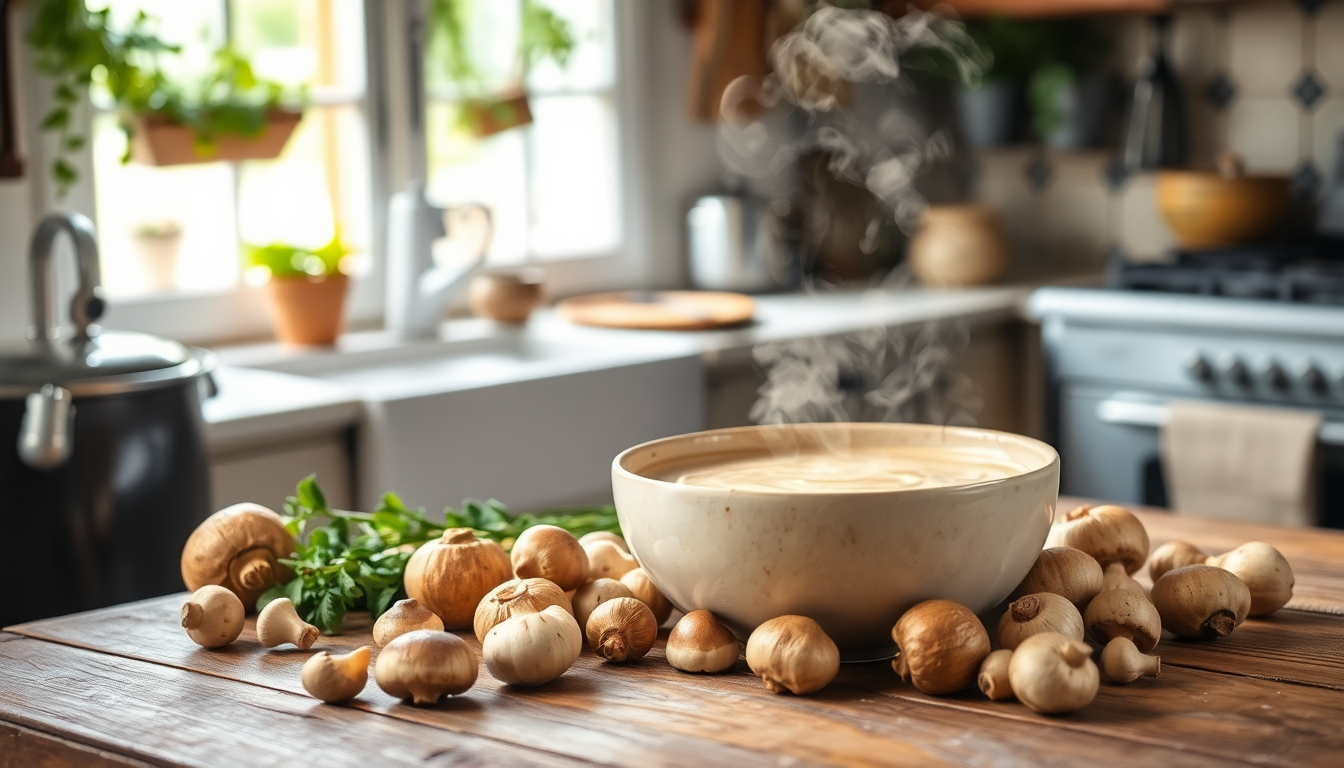
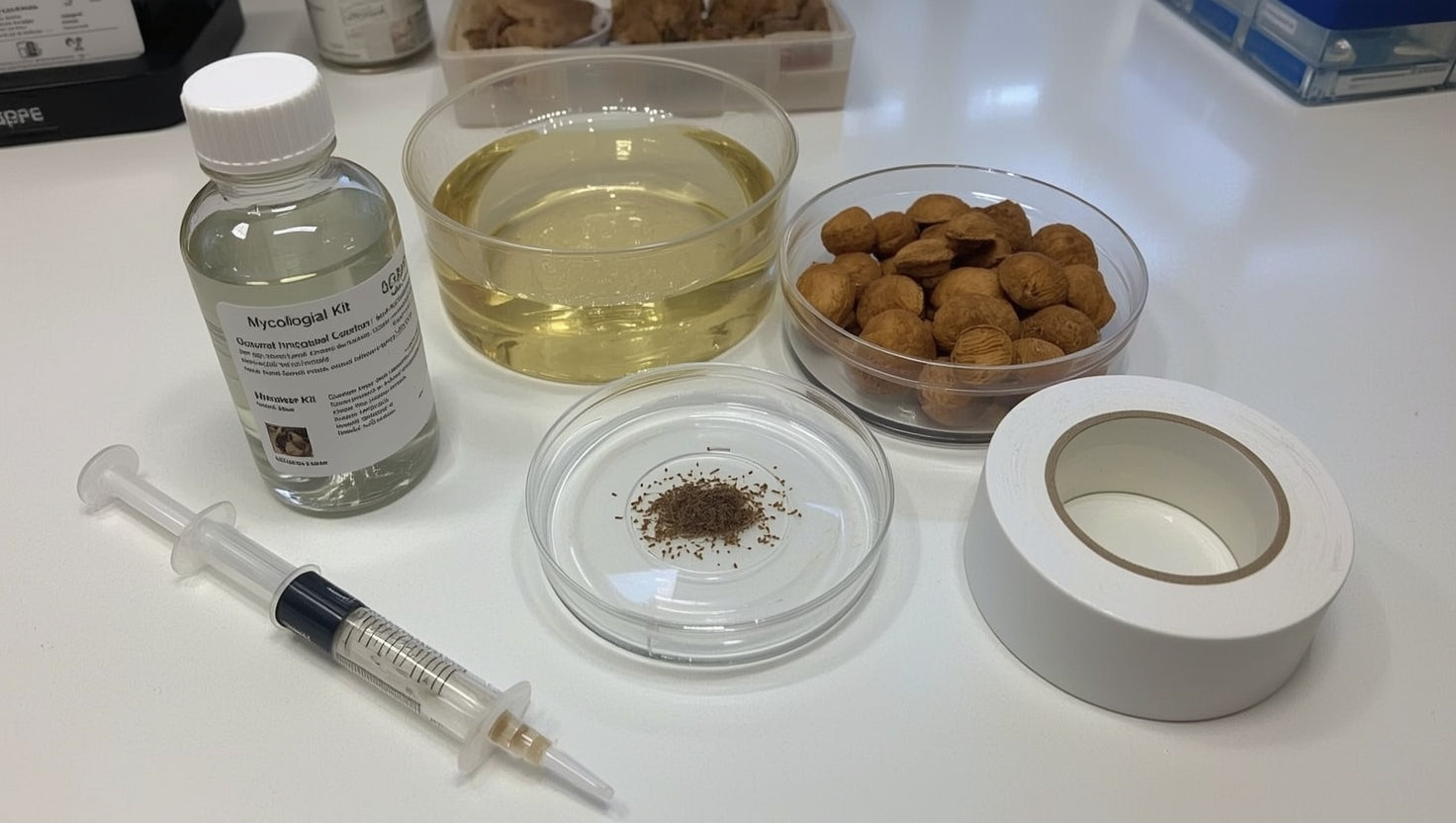
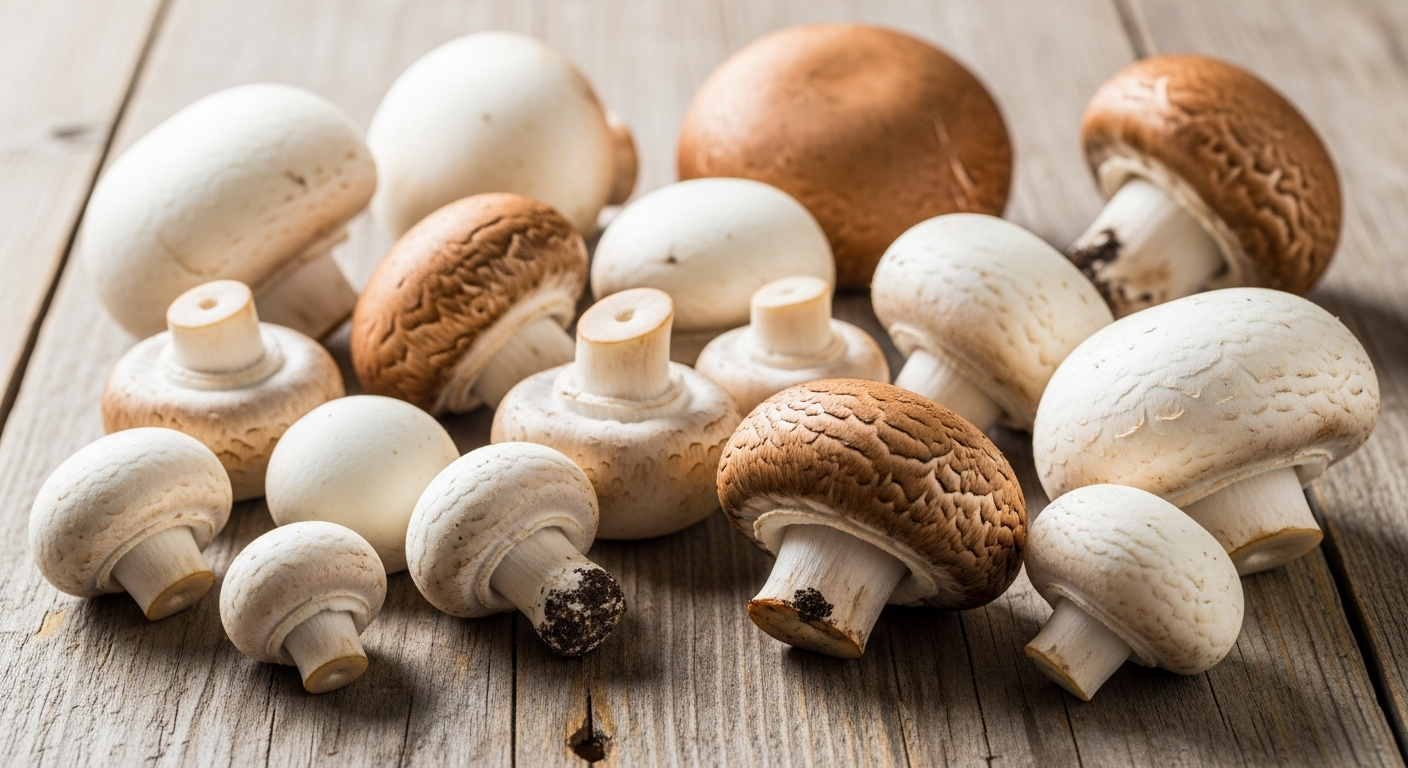
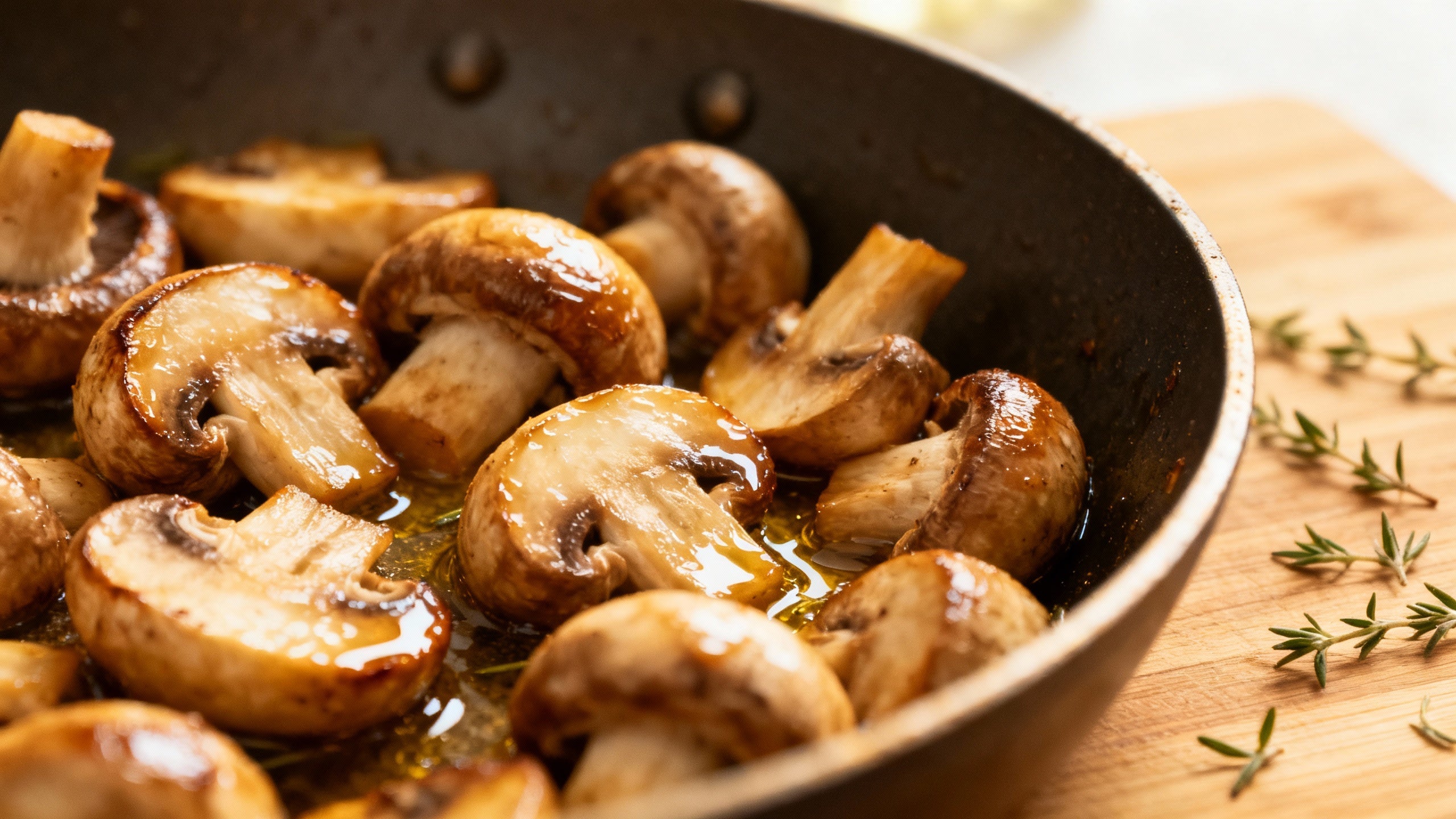
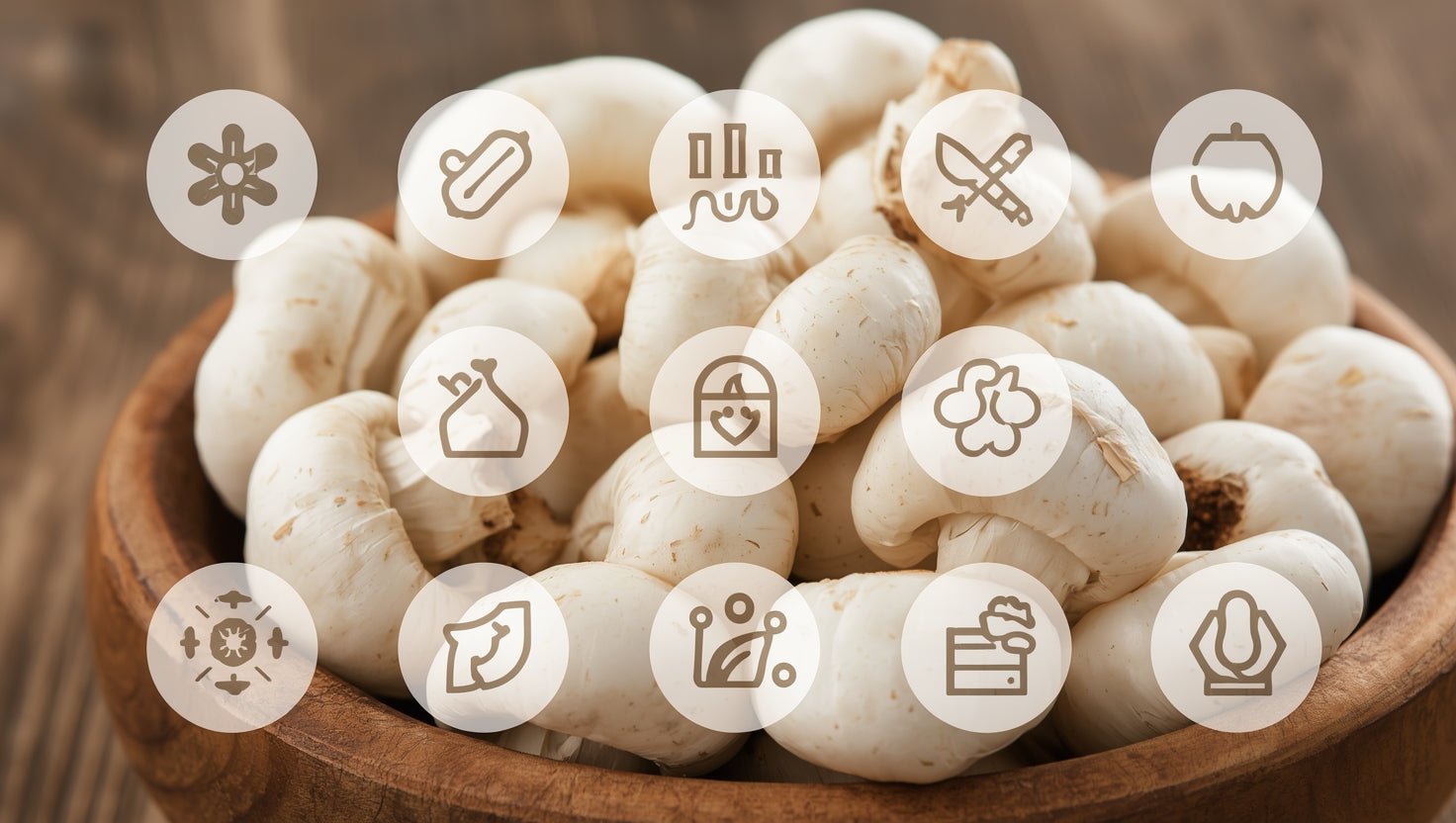
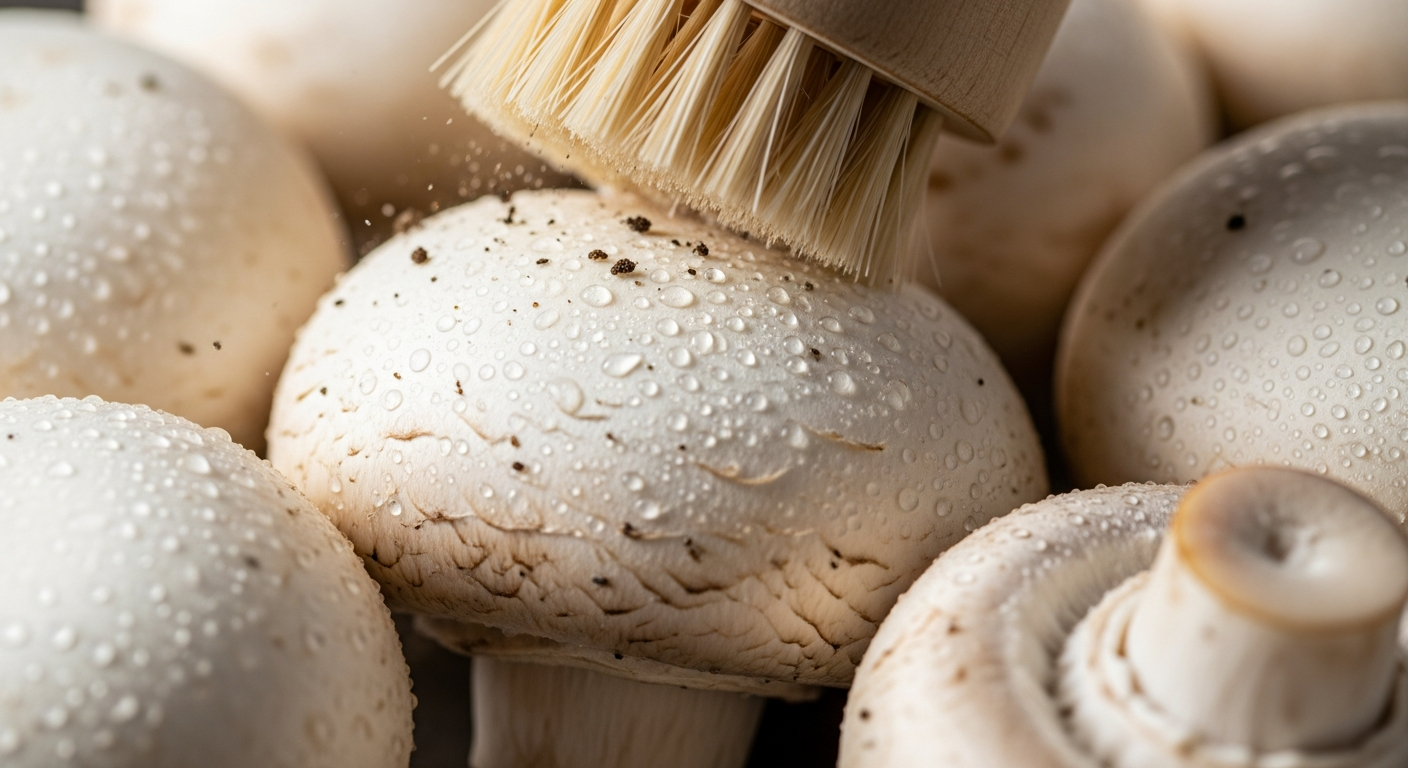
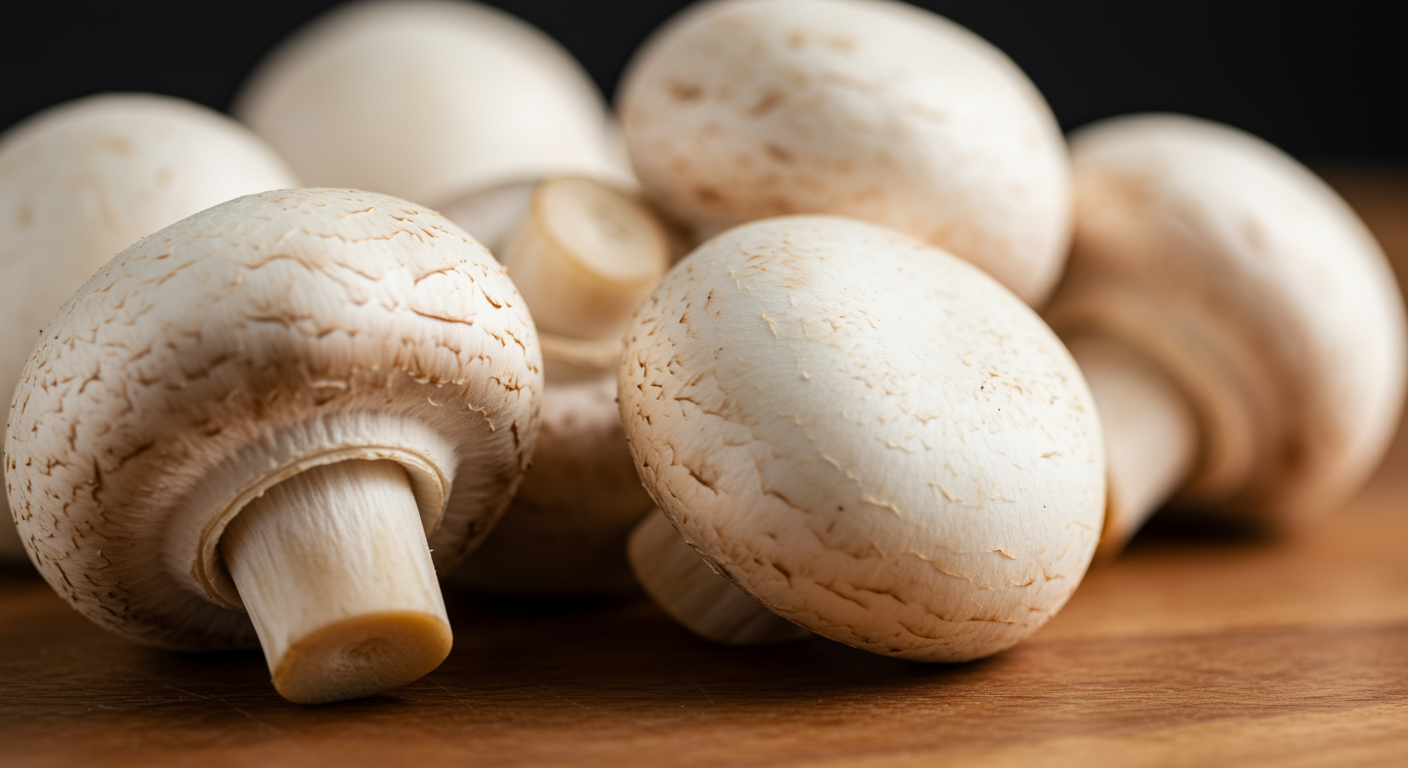
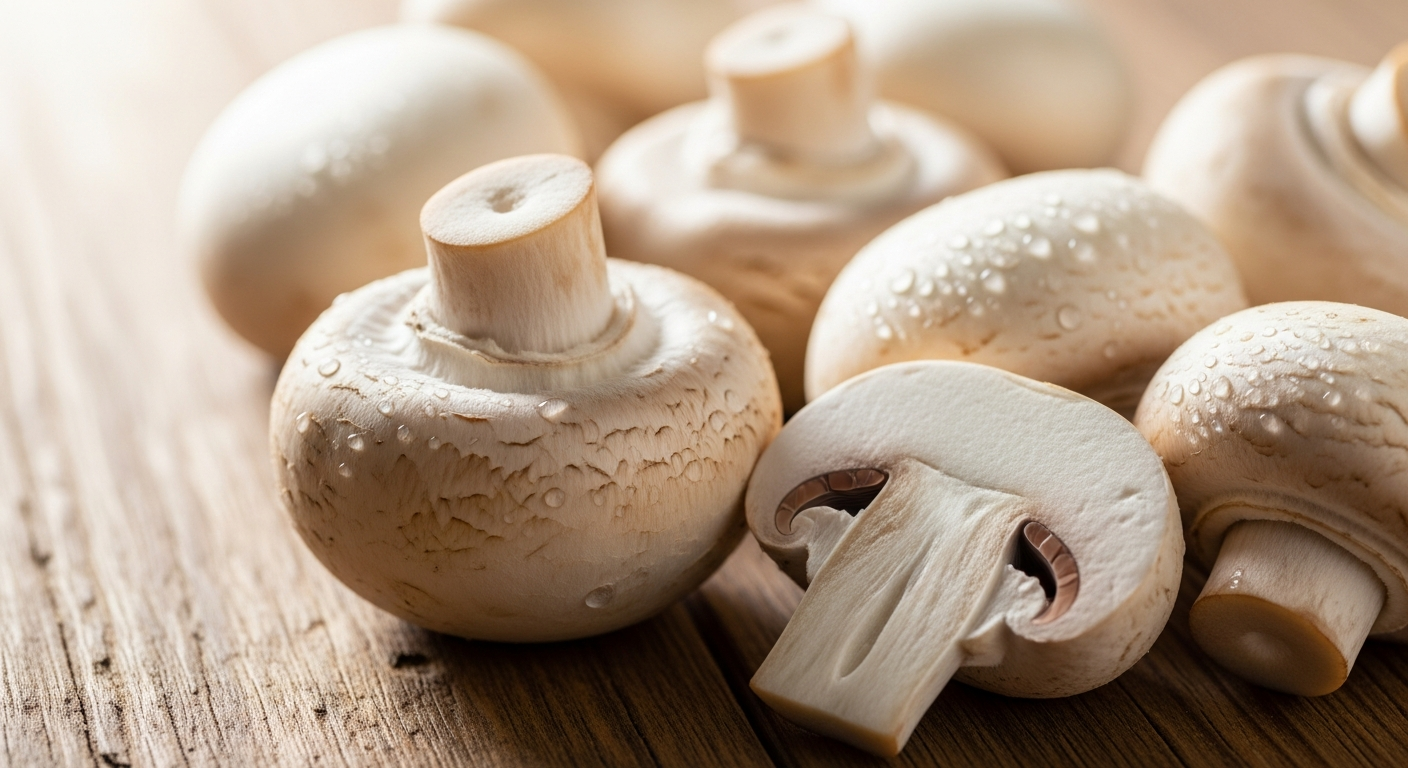
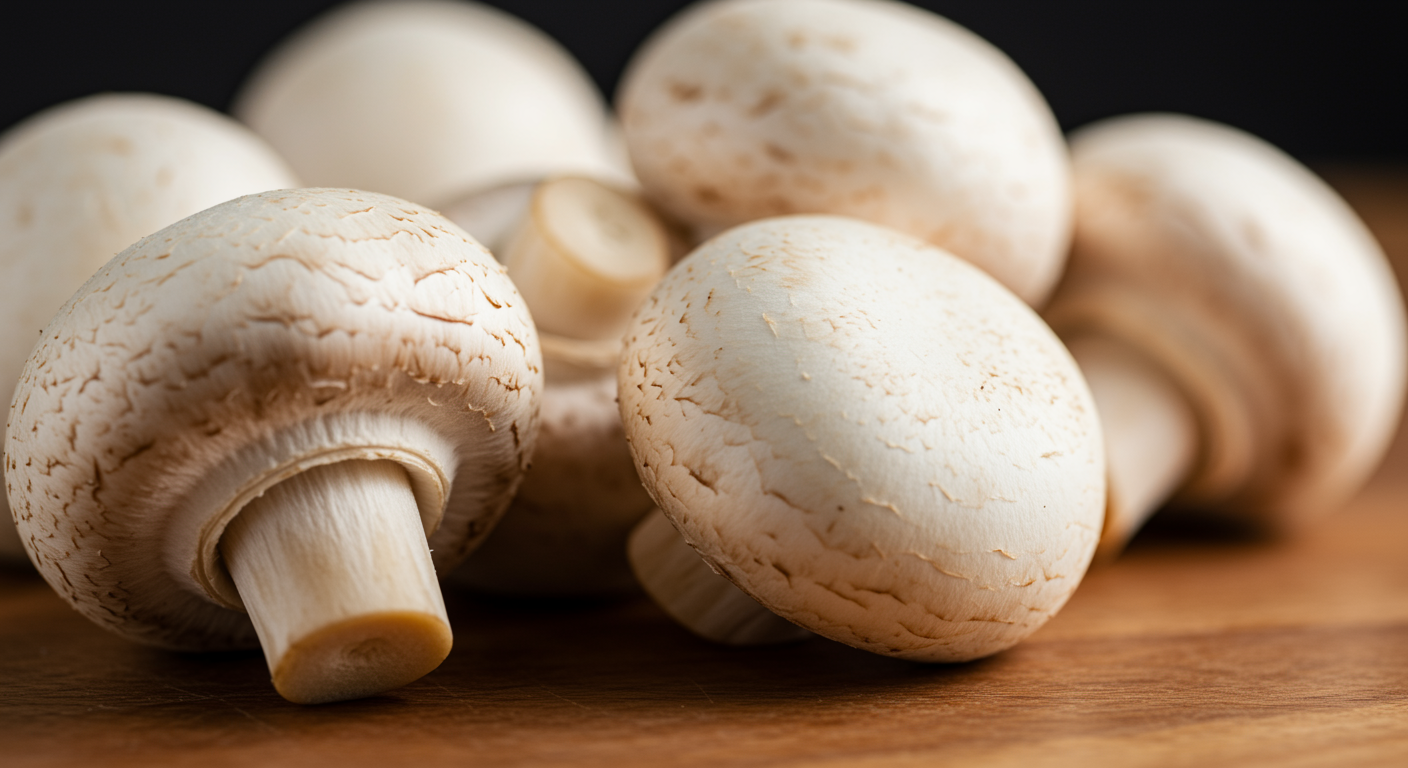
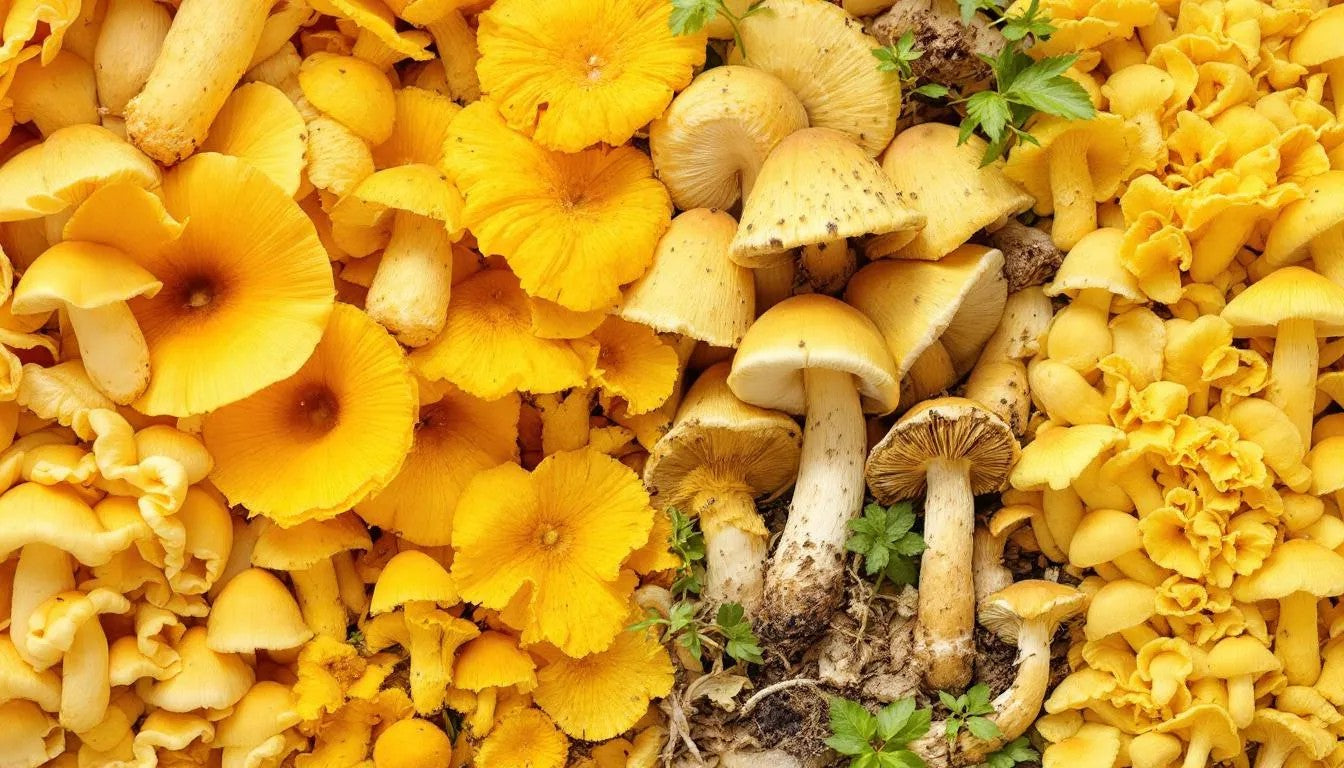

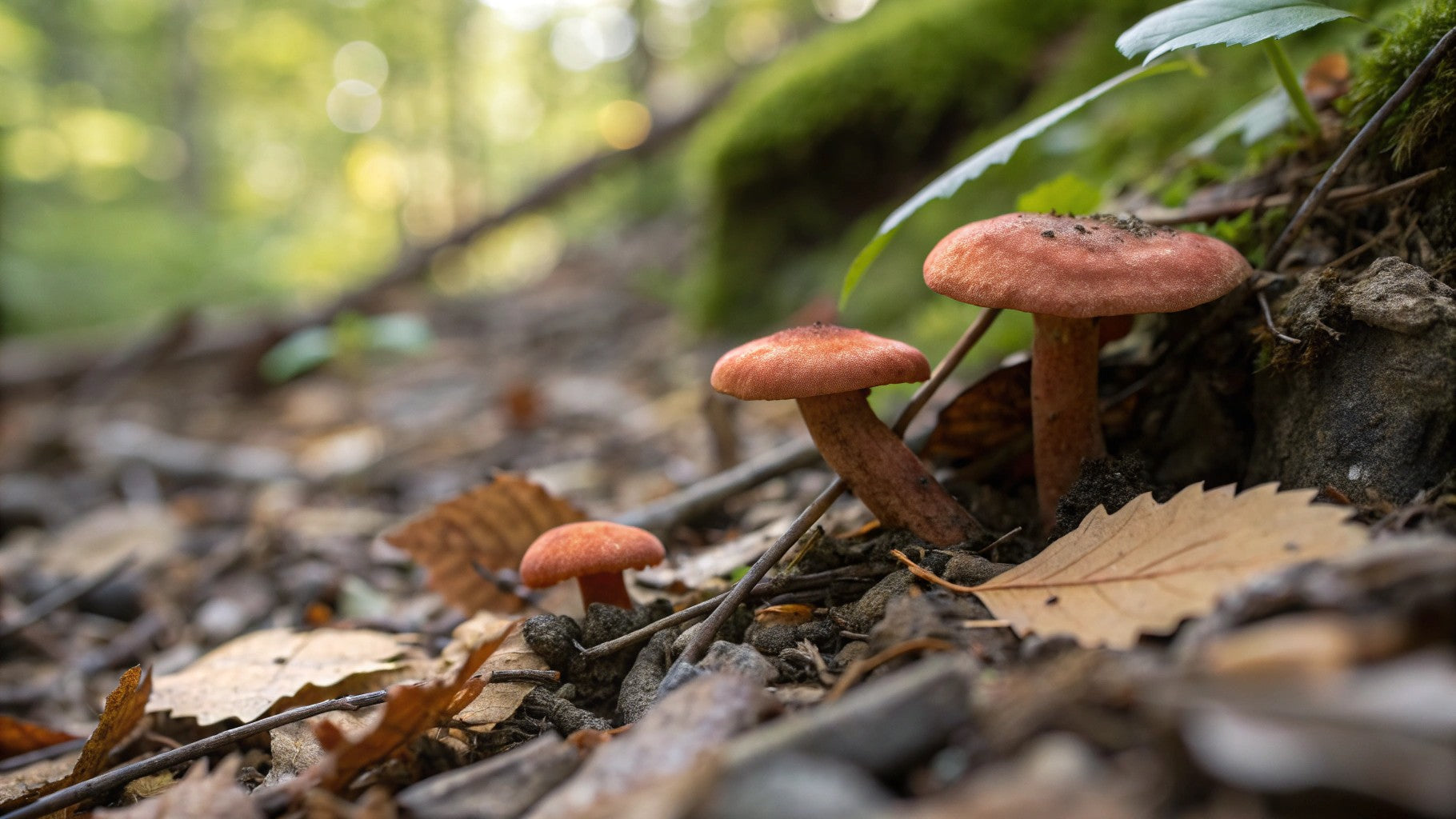
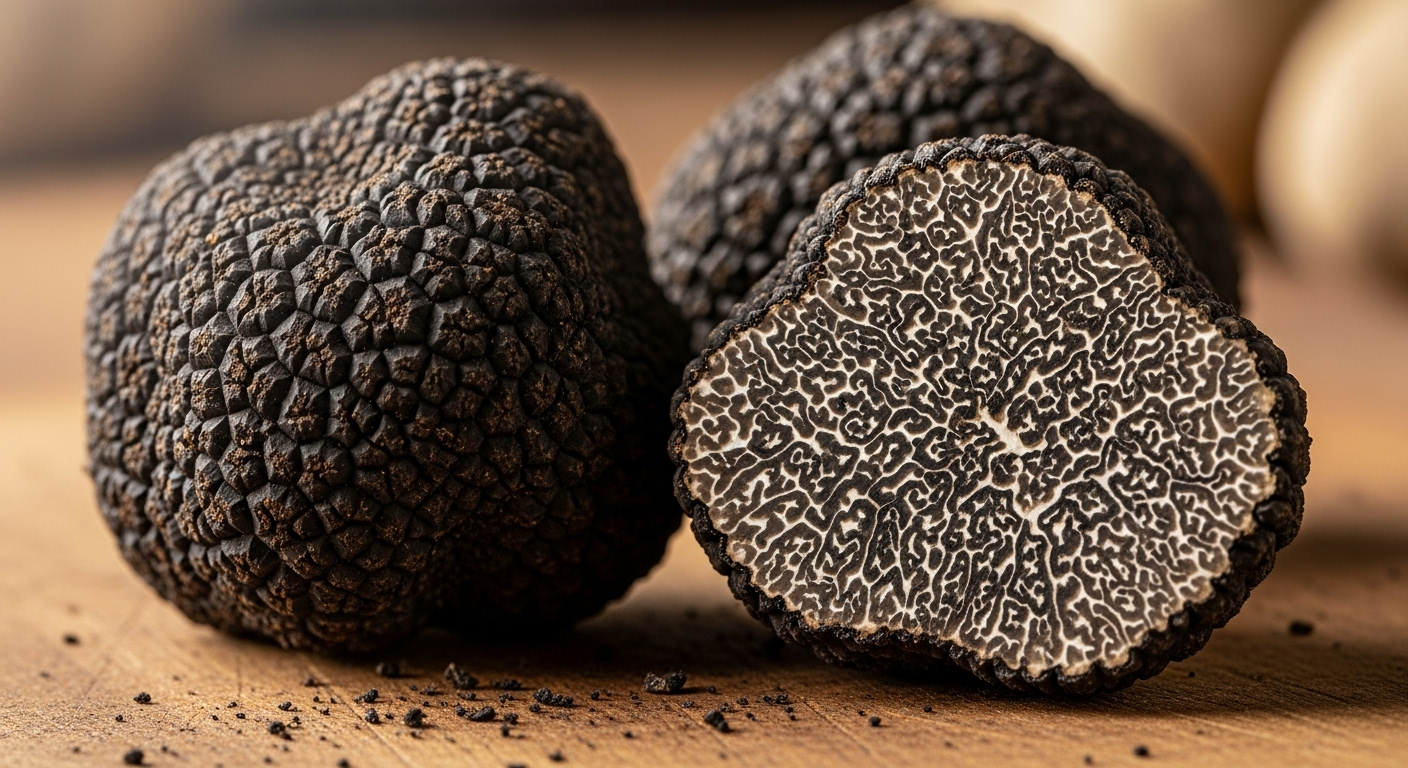
Share:
Benefits of Mushroom Coffee: A Brew Worth Trying
Chaga Mushroom: The Immune-Boosting Superstar